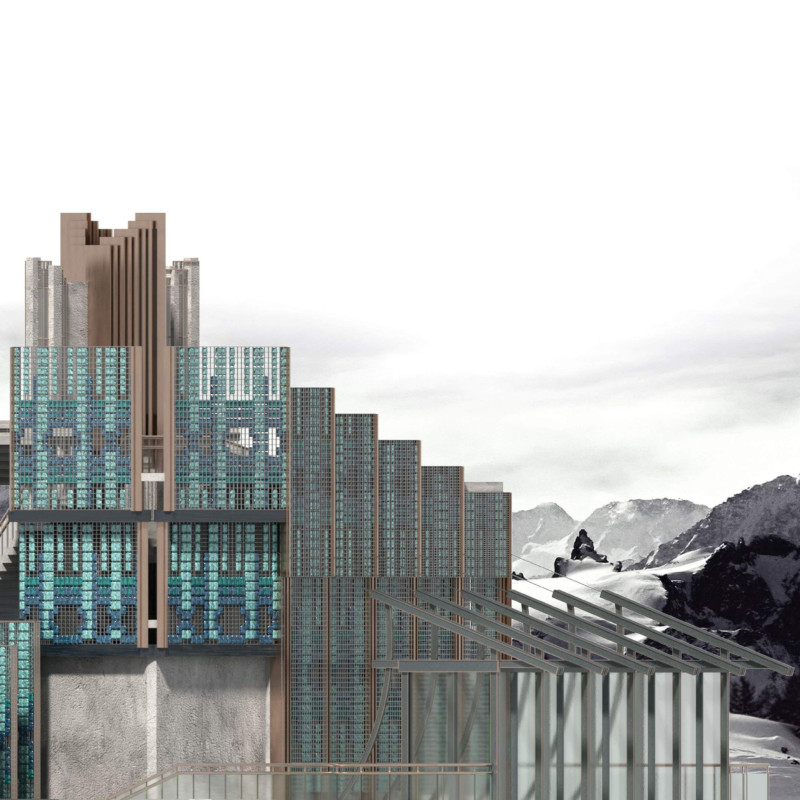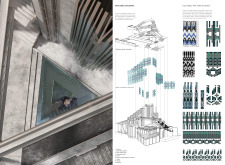5 key facts about this project
The Stone Museum, located in Iceland along the Mid-Atlantic Ridge, acts as an important link to the island's geological and cultural landscape. Situated near the Grjótagjá Cave, which symbolizes the division between the European and North American tectonic plates, the museum presents a design that showcases the narrative of Iceland's unique geology. The architecture combines natural elements with constructed forms, using cairn-like structures to establish a relationship between the environment and human creations.
Architectural Concept
The design integrates the museum with the landscape, allowing for an easy flow between the built form and nature. The asymmetrical layout guides visitor pathways and observation points to align with the area's geological features. This arrangement encourages exploration and interaction, enhancing engagement with the distinct geology of the region.
Visitor Experience
The visitor center plays a vital role in delivering educational opportunities. It features viewing platforms and resting areas, inviting the public to discover Iceland's geological characteristics through various sensory experiences. By focusing on touch, color, and light, the design allows visitors to better appreciate the geological forces that have shaped the land.
Materiality
Specific materials are not extensively detailed in the presentation, but the project emphasizes the utilization of local stone collected from the surrounding landscape. This choice not only represents the geological layers present in Iceland’s soil, but it also supports sustainability and respect for the environment. Using local stone strengthens the connection to the site, making the museum more contextually relevant.
Cultural Integration
Cultural elements are also woven into the design, particularly through the stone decorative wall inspired by traditional Icelandic clothing patterns. This approach not only adds local significance but also provides adaptability for future enhancements. The textured wall captures the relationship between traditional craftsmanship and current architectural trends.
The design results in a museum that embodies Iceland's geological identity. Cairn-like forms rise from the land, reflecting the rugged characteristics of the nearby volcanic rock. Elements of the environment and culture come together, creating a thoughtful space for visitors to explore.






















































